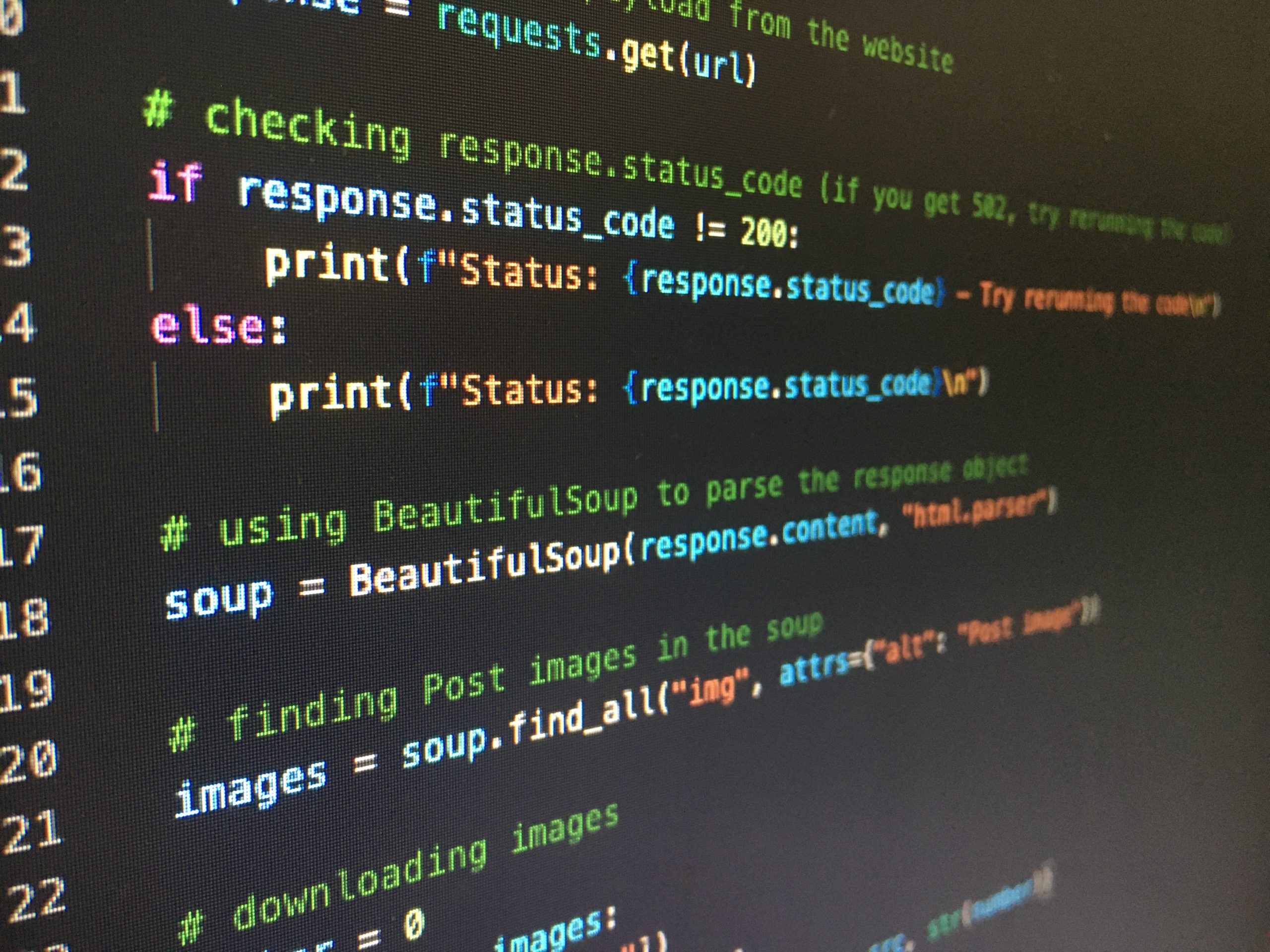How to Code in Python for Beginners: A Comprehensive Guide
Python is a versatile and beginner-friendly programming language that has gained immense popularity over the years. It is known for its simplicity and readability, making it an ideal choice for those who are new to coding. Whether you want to develop web applications, analyze data, or automate tasks, Python is a great language to start with. In this guide, we will walk you through the fundamentals of Python programming, step by step, to help you get started on your coding journey.
Why Learn Python?
Before we dive into the coding aspect, let's understand why Python is an excellent choice for beginners:
1. Readability:
Python's syntax is easy to read and write, which reduces the learning curve for beginners. Its clear and concise code structure makes it an ideal choice for those who are new to programming.
2. Versatility:
Python is a versatile language that can be used for a wide range of applications. It's used in web development, data analysis, artificial intelligence, scientific computing, and more.
3. Large Community:
Python has a vast and active community of developers who are always ready to help. You can find plenty of resources, libraries, and documentation online, making it easier to learn and solve problems.
4. Career Opportunities:
Python is in high demand in the job market. Learning Python can open up a world of career opportunities in various fields, including software development, data science, and machine learning.
Setting Up Your Python Environment
Before you start coding in Python, you need to set up your development environment. Follow these steps:
1. Install Python:
Visit the official Python website (python.org) and download the latest version of Python. Follow the installation instructions for your operating system.
2. Code Editor:
Choose a code editor to write your Python code. Some popular choices include Visual Studio Code, PyCharm, and Jupyter Notebook.
3. Verify Installation:
Open a terminal or command prompt and type python --version to ensure that Python is installed correctly. You should see the installed Python version displayed.
Your First Python Program
Let's start with a simple "Hello, World!" program to get a feel for Python:
print("Hello, World!")- Open your code editor and type the above code.
- Save the file with a ".py" extension, such as "hello.py".
- Open a terminal or command prompt and navigate to the folder where you saved the file.
- Run the program by typing
python hello.py. You should see "Hello, World!" printed on the screen.
Congratulations! You've just written and executed your first Python program.
Python Basics
Now that you've taken your first step, let's explore some basic Python concepts:
Variables and Data Types
In Python, you can create variables to store data. Python supports various data types, including:
- int: Integer numbers (e.g., 42, -10)
- float: Floating-point numbers (e.g., 3.14, -0.5)
- str: Strings (e.g., "Python", "Hello, World!")
- bool: Boolean values (True or False)
# Examples of variable assignments
name = "Alice"
age = 30
height = 5.8
is_student = TrueComments
You can add comments to your code to explain what it does. Python ignores comments when running the program.
# This is a single-line comment
"""
This is a
multi-line comment
"""Conditional Statements
Conditional statements allow you to make decisions in your code. Here's an example of an if statement:
age = 18
if age >= 18:
print("You are an adult.")
else:
print("You are a minor.")Loops
Loops are used to repeat a block of code. The for loop is commonly used for iterating over sequences like lists and strings.
fruits = ["apple", "banana", "cherry"]
for fruit in fruits:
print(fruit)Functions
Functions are reusable blocks of code. You can define your own functions or use built-in ones.
# Define a function
def greet(name):
print("Hello, " + name + "!")
# Call the function
greet("Alice")Python Resources for Beginners
Learning Python is an ongoing process, and there are numerous resources available to help you on your journey. Here are some recommended resources for beginners:
- Official Python Documentation: The Python website (python.org) offers extensive documentation and tutorials for all skill levels.
- Codecademy: Codecademy offers an interactive Python course that's great for beginners.
- Coursera and edX: These platforms offer Python courses from top universities and institutions.
- YouTube: There are many Python tutorials and coding channels on YouTube, such as Corey Schafer and Sentdex.
- Books: Consider books like "Python Crash Course" by Eric Matthes and "Automate the Boring Stuff with Python" by Al Sweigart.
Practice, Practice, Practice
The key to becoming proficient in Python (or any programming language) is practice. Try solving coding challenges on platforms like LeetCode, HackerRank, or Codeforces. Work on small projects to apply what you've learned and gain hands-on experience.
Conclusion
Learning how to code in Python for beginners is an exciting journey. Python's simplicity and versatility make it an excellent choice for those starting out in programming. With dedication, practice, and the right resources, you can become a proficient Python developer and open up a world of opportunities in the tech industry. So, dive in, write some code, and enjoy the rewarding experience of creating with Python!
